When it comes to redefining the aesthetics of your home, few styles can rival the charm and sophistication of European style interior design. Having traveled extensively across Europe and experienced firsthand the variety and beauty of its design principles, I can attest to the enchanting atmosphere they create. In this comprehensive guide, we will delve deep into the nuances of European style interior design, explore its various forms, and provide you with practical tips to incorporate this timeless elegance into your own home.
What is European Style Interior Design?
European style interior design encompasses a wide range of influences drawn from various European countries, each with its unique history and aesthetic. From the opulent grandeur of French interiors to the minimalist elegance of Scandinavian design, European style is marked by an emphasis on quality, craftsmanship, and a harmonious blend of form and function.
Key Characteristics of European Style Interior Design
- Quality Materials: European designs often emphasize the use of high-quality materials, whether it’s solid wood furniture, fine fabrics, or marble accents.
- Craftsmanship: Attention to detail and skilled craftsmanship are paramount, with many pieces being handmade or custom-designed.
- Color Palette: The color schemes can vary greatly but often feature muted tones, soft pastels, and rich, deep hues.
- Mix of Styles: Many European interiors successfully blend different styles, combining modern aesthetics with vintage or traditional elements.
Types of European Style Interior Design
Let’s take a closer look at some of the dominant styles within European interior design:
1. French Country Style
French Country Style exudes charm and elegance with a relaxed and inviting atmosphere. Think rustic wooden beams, elegant furnishings, and antique decor. This style is characterized by:
- Soft, muted colors
- Floral patterns and textiles
- Vintage and rustic furniture
Pros and Cons of French Country Style
| Pros | Cons |
|---|---|
| Warm, inviting atmosphere | Can feel cluttered if not done thoughtfully |
| Enduring style | Requires maintenance of antique pieces |
2. Scandinavian Style
Scandinavian design is known for its minimalist approach, functionality, and connection to nature. This style is characterized by:
- Neutral color palettes with pops of color
- Simple lines and forms
- Natural light and open spaces
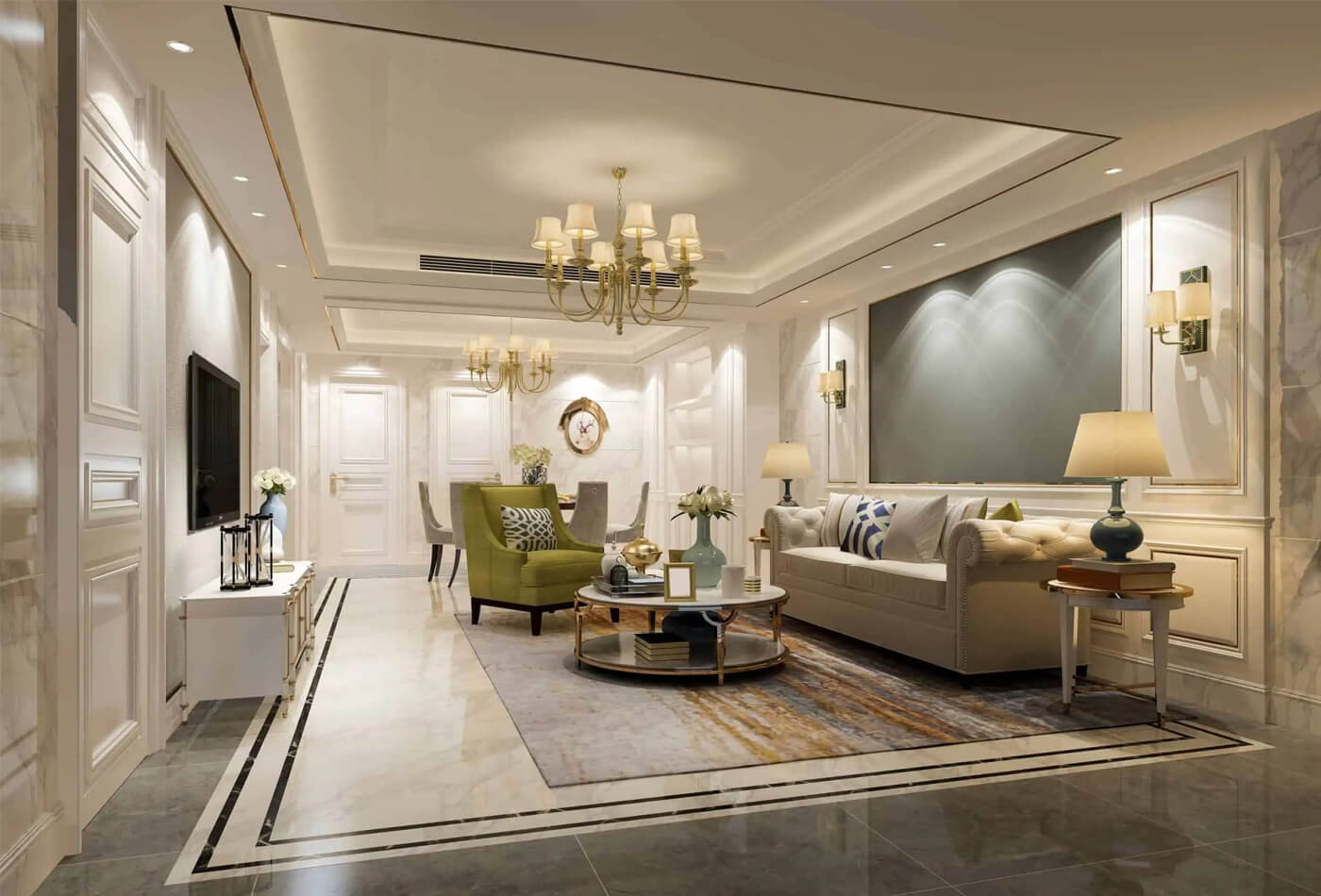
Pros and Cons of Scandinavian Style
| Pros | Cons |
|---|---|
| Timeless and unobtrusive design | May lack warmth in some applications |
| Focuses on sustainability | Can be perceived as too stark |
3. Italian Style
Italian interiors reflect luxury and high style, often incorporating rich colors, opulent fabrics, and detailed artistry. Key features include:
- Bold color contrasts
- Rich textures and fabrics
- Artistic elements like frescoes or ornamental moldings
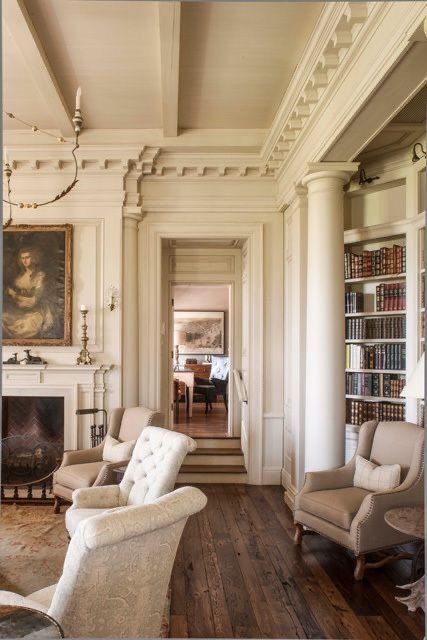
Pros and Cons of Italian Style
| Pros | Cons |
|---|---|
| Luxurious aesthetic | Can be expensive to achieve |
| Rich in cultural history | May feel dated if not updated regularly |
4. English Country Style
English Country Style combines comfort and tradition, often featuring cozy textiles, classic furnishings, and an abundance of greenery. Its main characteristics include:
- Patterned fabrics and prints
- Traditional furniture styles
- Floral arrangements and nature-inspired decor

Pros and Cons of English Country Style
| Pros | Cons |
|---|---|
| Warm and welcoming space | Can look overly traditional or dated |
| Endless customization opportunities | Maintaining fabric can be challenging |
How to Incorporate European Style into Your Home
Now that you’re familiar with the different styles within European interior design, here are some practical tips to help you infuse your space with European flair:
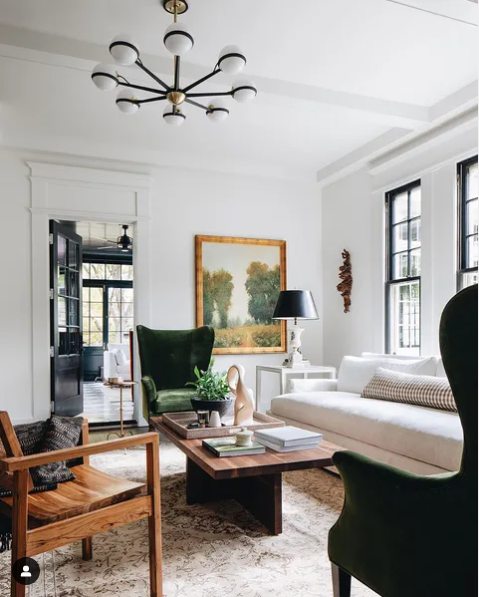
1. Start with a Neutral Base
European design often starts with a neutral color palette. This allows you the flexibility to experiment with various accents without overwhelming the space. Consider soft whites, grays, or earthy tones as a base.
2. Invest in Quality Furniture
Investing in quality, timeless pieces will pay off in the long run. Look for solid wood construction, classic lines, and comfort. A well-crafted sofa or dining table can become the centerpiece of your room.
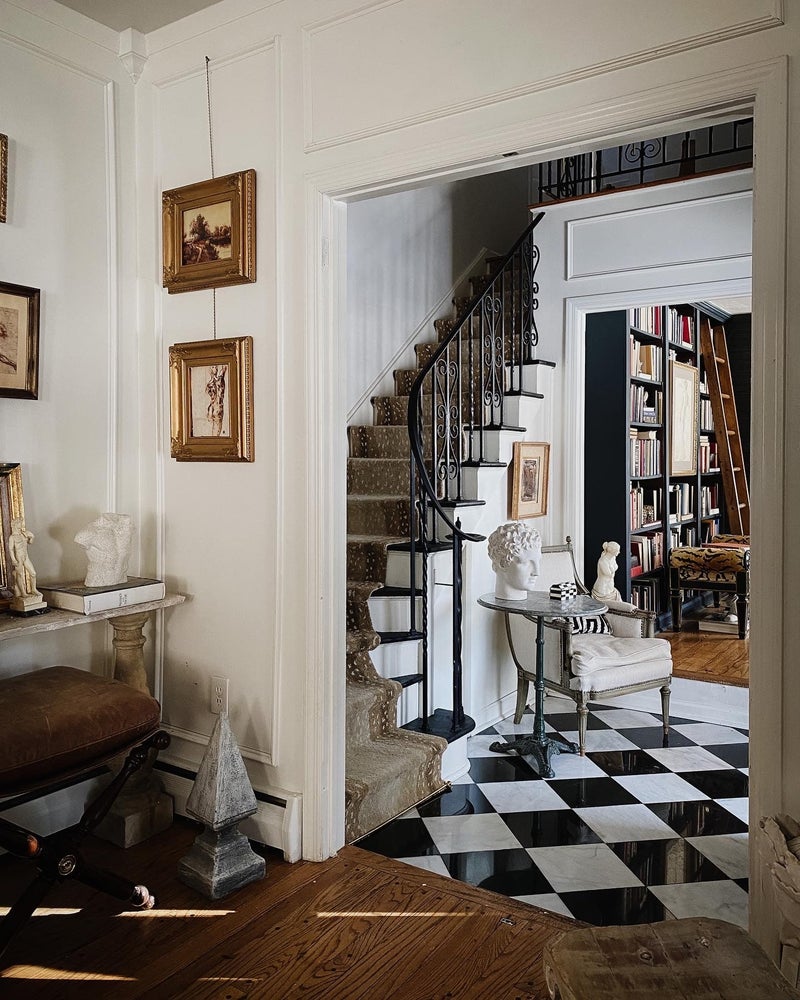
3. Mix Textures and Patterns
Don’t be afraid to mix different textures and patterns to create depth and interest. Layering fabrics like linen, velvet, and cotton can add warmth to your space. Use patterns sparingly to avoid visual chaos.
4. Incorporate Vintage Elements
Adding vintage or antique pieces can provide character and history. Consider visiting flea markets, thrift shops, or estate sales to find unique items that tell a story.

5. Embrace Natural Light
Large windows are a hallmark of European design. Ensure your space has plenty of natural light. Use sheer curtains or blinds to allow soft light to filter in, creating a warm and inviting atmosphere.
European Style Decor Accessories
Accessories play a crucial role in tying together your European-inspired space. Consider the following:
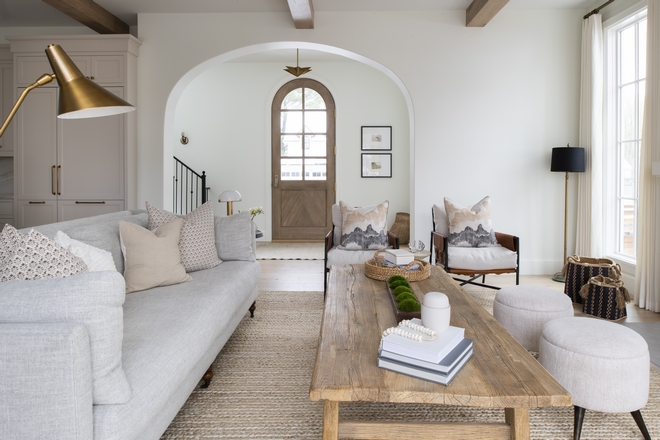
1. Artwork and Prints
Invest in art that resonates with you, whether it’s classic paintings, photographs, or modern art pieces. A well-placed artwork can become a conversation starter and focal point in a room.
2. Lighting Fixtures
Choosing the right lighting fixtures can enhance the ambiance of your space. Look for chandeliers, vintage lamps, or wall sconces that complement the European aesthetic you’re aiming for.
3. Rugs and Textiles
4. Indoor Plants
Incorporating greenery can breathe life into your home. From potted plants to fresh floral arrangements, natural elements are essential for a vibrant, welcoming atmosphere.
Common Mistakes to Avoid in European Style Design
While it’s easy to get carried away with the charm of European design, here are some common pitfalls to avoid:
1. Overcrowding the Space
One might be tempted to fill every nook with decor. Remember to leave some empty spaces to allow the eye to rest and to maintain a sense of balance.
2. Ignoring Functionality
Design should ultimately serve your lifestyle needs. Ensure that your furniture arrangement promotes easy flow throughout the room.
3. Going Overboard on Themed Decor
While it’s great to embrace European style, don’t feel like you need to replicate a country or city’s entire look. Subtle nods to the theme can be more impactful than overwhelming your space.
Conclusion: Embracing European Elegance in Your Home
European style interior design is not just about aesthetics; it’s a way to create an inviting, comfortable, and sophisticated living space. By carefully selecting elements that resonate with you and blending them harmoniously, you can transform your home into a European oasis that reflects your personality and tastes.
FAQs about European Style Interior Design
What are the key elements of European style interior design?
The key elements include quality materials, attention to craftsmanship, a muted color palette, and a mix of different styles and periods.
How can I achieve a European look on a budget?
You can achieve a European look on a budget by thrifting for vintage pieces, choosing neutral colors, and focusing on a few statement items rather than over-furnishing.
Which European style is the most popular?
Styles like Scandinavian and French Country are among the most popular due to their versatility and timeless appeal.
Can I combine different European styles in one space?
Absolutely! Mixing different European styles can create a unique and personalized interior, just be sure to maintain some cohesive elements like color and materials.
What are some examples of European-style colors?
Soft whites, grays, pastels, rich jewel tones, and earthy colors are common in European-style interiors.